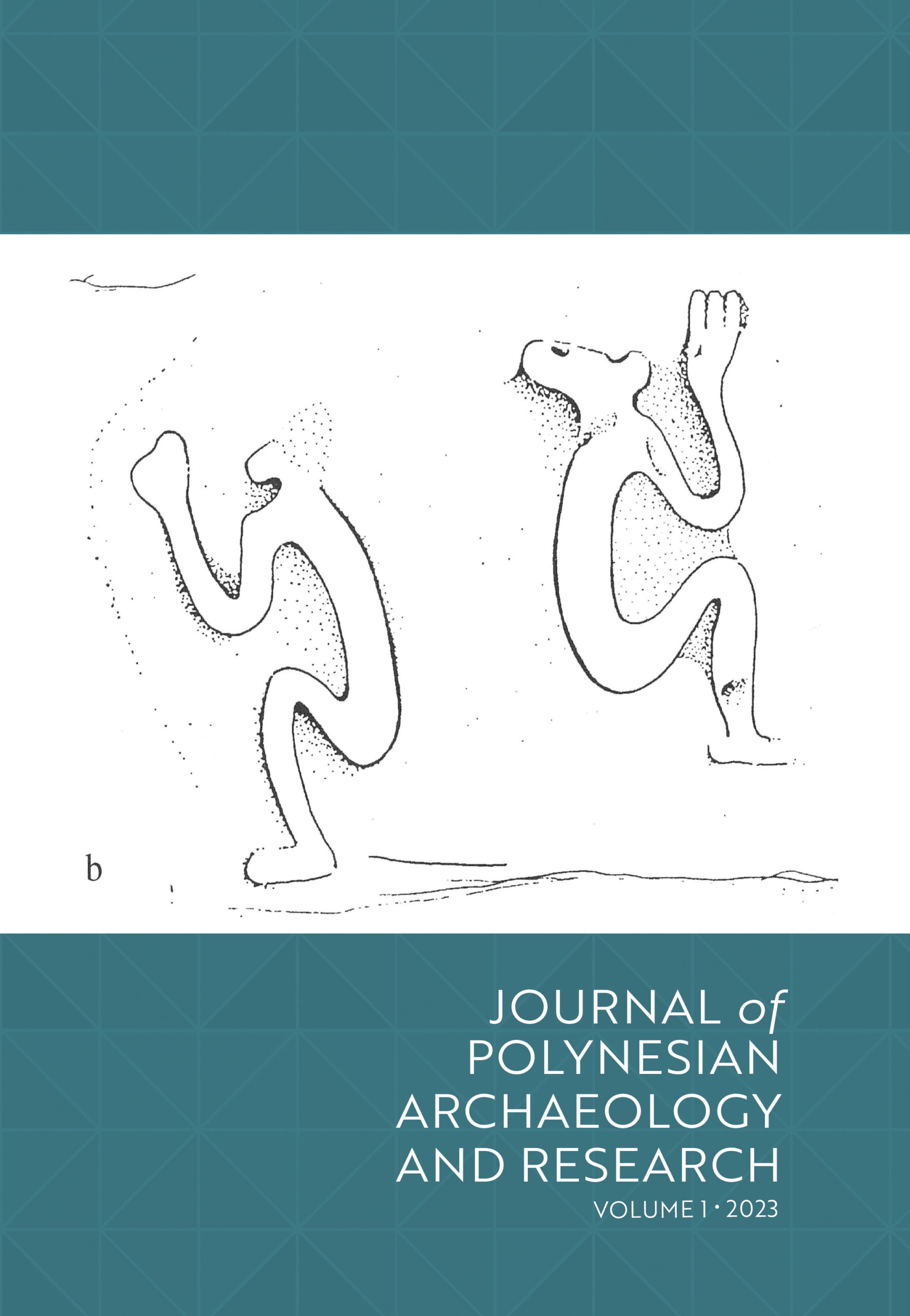Journal of Polynesian Archaeology and Research
Additional Information
The Journal of Polynesian Archaeology and Research serves as a forum to bring together important research and conversations around archaeology, history, and heritage management in Polynesia, and aims to align several shared goals of its two sponsority societies that include:
Encouraging research and dialogue about Polynesian archaeology, historic preservation, and public outreach among researchers, heritage professionals, and other stakeholders
Encouraging public education and appreciation of the aims and limitations of archaeological research, particularly through ethical archaeological practices and collaborative work with communities
Advocating for and assisting with the preservation, interpretation, and respectful treatment of archaeological sites and material culture
The editors will review manuscripts submitted through the journal’s submission system, jpar.msubmit.net. Inquiries should be sent via e-mail to the Journal of Polynesian Archaeology and Research editors at Editors.JPAR@uhpress.org.
Sponsors: Easter Island Foundation (EIF) and the Society for Hawaiian Archaeology (SHA)
 This work is licensed under a Creative Commons Attribution-NonCommercial-NoDerivatives 4.0 International License.
This work is licensed under a Creative Commons Attribution-NonCommercial-NoDerivatives 4.0 International License.
The Journal of Polynesian Research and Archaeology publishes fully open access content, which means that all articles are available on the internet to all users immediately upon publication. Non-commercial use and distribution in any medium is permitted, provided the author and the journal are properly credited. Authors retain copyright of their material.
- Editorial Board
-
Editors
Mara A. Mulrooney, Pacific Legacy, Hawai‘i
Jillian A. Swift, Pacific Legacy, Hawai‘iEditorial Board
Emilie Dotte, University of Western Australia
Patrick V. Kirch, University of Hawai‘i at Mānoa
Thegn N. Ladefoged, University of Auckland
Sean Mallon, Museum of New Zealand Te Papa Tongarewa
Lisa Matisoo-Smith, University of Otago
Mark McCoy, Southern Methodist University
Peter Mills, University of Hawai‘i at Hilo
Guillaume Molle, Australian National University
Seth Quintus, University of Hawai‘i at Mānoa
Cristian Moreno Pakarati, Rapanui Pioneers Society
Ty P. Kawika Tengan, University of Hawai‘i at Mānoa
Jo Anne Van Tilburg, Cotsen Institute of Archaeology, UCLA - Recent Articles
-
Front Matter
Posted on Saturday December 30, 2023Editorial
Posted on Saturday December 30, 2023Archaeological Approaches for Understanding the Marquesan Stone Pounder ke’a tuki popoi
Posted on Saturday December 30, 2023Report on Midden Exposed by Coastal Erosion in Lapakahi State Historical Park, North Kohala District, Hawai‘i Island
Posted on Saturday December 30, 2023EDXRF Analysis of Lithics from Lapakahi State Historical Park, Kohala District, Hawai‘i Island
Posted on Saturday December 30, 2023Bottling Paradise: The Future of Glass Bottle Archaeology in Hawai‘i
Posted on Saturday December 30, 2023Terevaka Archaeological Outreach (TAO) 2022–2023 Field Report: Program Expansion
Posted on Saturday December 30, 2023Paul Horley. Rongorongo: Inscribed Objects from Rapa Nui. Viña del Mar: Rapanui Press, 2021 (Book Review)
Posted on Saturday December 30, 2023Chelsea H. Meloche, Laure Spake, and Katherine L. Nichols, eds. Working with and for Ancestors: Collaboration in the Care and Study of Ancestral Remains. Abingdon, Oxfordshire: Routledge, 2020
Posted on Saturday December 30, 2023 - Pricing Guide
-
The Journal of Polynesian Archaeology and Research is an open-access and peer reviewed online-only journal.
Submission and publication are normally free to contributors. Authors may be asked to contribute to production costs if their articles are exceptionally long (over 10,000 words) or include more than 15 figures.
- Author Guidelines
- Indexes











